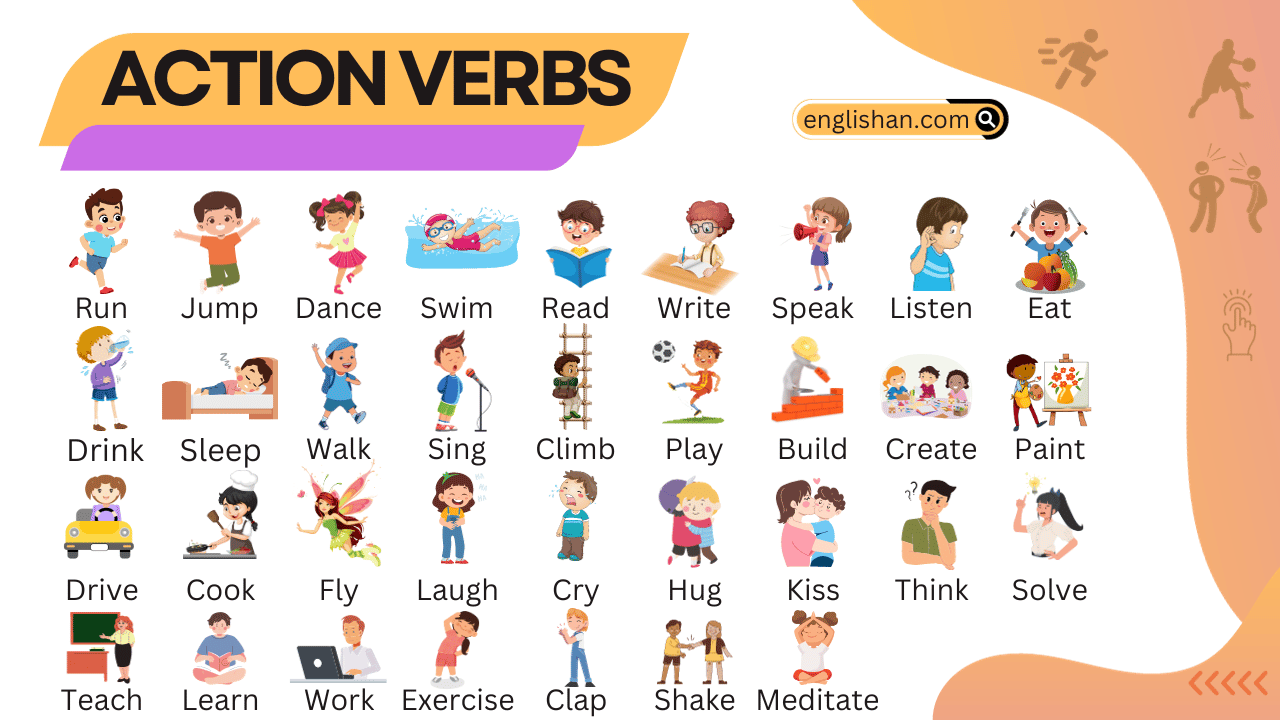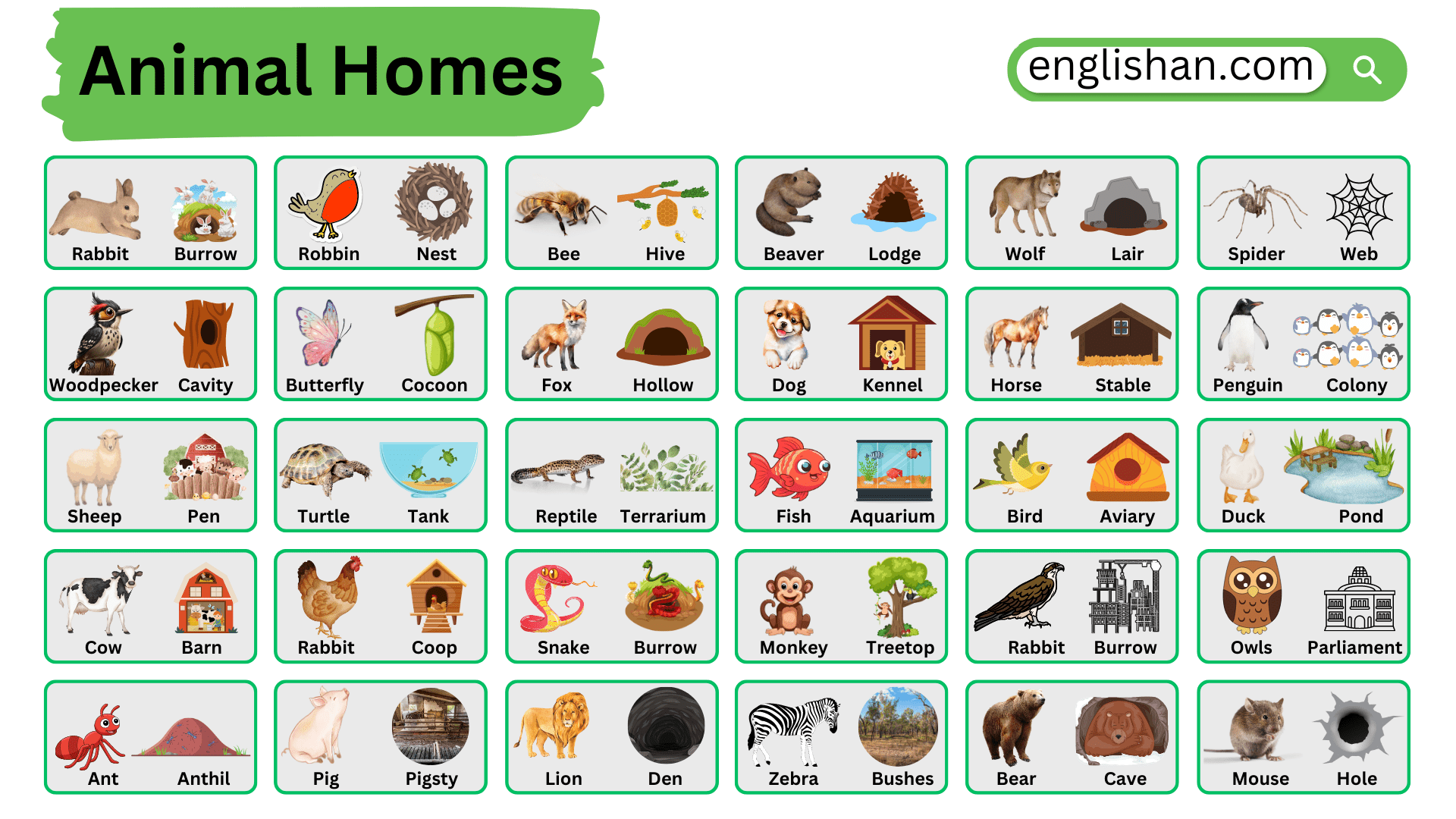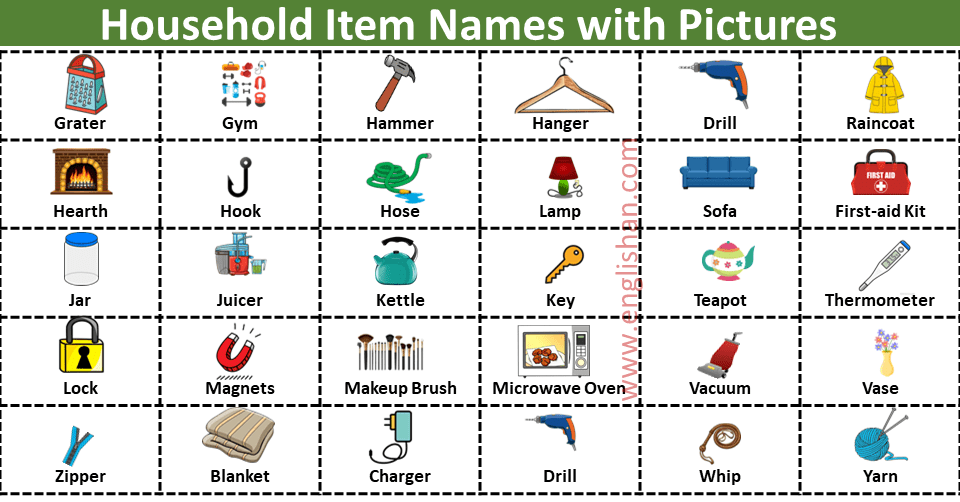Contents
In this blog post, you will learn the different types of disaster names in English. Disasters can be natural or human-made, and knowing their names helps you understand important events and safety measures. These terms are useful for discussing emergencies, news, and environmental changes. Expanding your vocabulary on this topic will improve your communication and awareness.
To expand your vocabulary, check out more topics in our Vocabulary Category.
What is Disaster?
Disasters can strike unexpectedly, causing widespread devastation and affecting communities, economies, and ecosystems. Understanding the various types of disasters is crucial for effective preparedness, response, and recovery efforts. In this article, we will explore some common types of disasters and the unique challenges they pose.

Types of Disaster
Natural Disasters
- Earthquakes: Sudden shaking of the ground caused by the movement of tectonic plates beneath the Earth’s surface.
- Floods: Overflow of water onto normally dry land, often due to heavy rainfall, storm surges, or the rapid melting of snow and ice.
- Hurricanes, Typhoons, and Cyclones: Intense tropical storms characterized by strong winds, heavy rainfall, and storm surges.
Geological Disasters
- Sinkhole: Sudden and unexpected collapses in the ground, often caused by the dissolution of soluble bedrock (such as limestone) or human activities like mining.
- Volcanic Eruptions: Explosive events where magma, ash, and gases are ejected from a volcano, potentially causing widespread damage to surrounding areas.
Hydrological Disasters
- Tsunamis: Natural disasters, categorized under hydrological phenomena, as they are large ocean waves often triggered by undersea earthquakes, volcanic eruptions, or landslides.
Atmospheric Disasters
- Thunderstorm: Atmospheric disasters, specifically under atmospheric phenomena, as thunderstorms involve various weather elements such as lightning, thunder, heavy rain, strong winds, and sometimes tornadoes.
Weather-Related Disasters
- Tornadoes: Violently rotating columns of air extending from thunderstorms to the ground.
- Blizzards: Severe snowstorms with strong winds and low visibility, often accompanied by extreme cold temperatures.
- Heatwaves: Prolonged periods of excessively high temperatures, leading to health risks and other related issues.
Human-made disasters
- Industrial Accidents: Events such as chemical spills, nuclear incidents, or explosions in industrial facilities.
- Transportation Accidents: Plane crashes, train derailments, and shipwrecks that can result in significant loss of life and property damage.
- Structural Failures: The collapse of buildings, bridges, or other structures due to design flaws, poor construction, or natural disasters.
Biological Disasters
- Pandemics: Widespread outbreaks of infectious diseases that affect large populations, with potential global impacts.
- Epidemics: Regional outbreaks of diseases that can quickly spread and overwhelm healthcare systems.
- Foodborne Illness Outbreaks: Contamination of food leading to widespread illness.
Environmental Disasters
- Wildfires: Uncontrolled fires that spread rapidly through vegetation, forests, or urban areas.
- Droughts: Prolonged periods of abnormally low rainfall, leading to water shortages and agricultural challenges.
- Landslides: Movement of rock, soil, and debris down a slope, often triggered by heavy rainfall or earthquakes.
Humanitarian Crises
- Conflict-Related Displacement: Forced migration of populations due to armed conflicts and wars.
- Refugee Crises: Large-scale displacement of people seeking refuge from persecution, violence, or natural disasters.
- Famine: Severe shortage of food leading to widespread hunger and malnutrition.
Preparedness, early warning systems, and community resilience are vital components of mitigating the impact of disasters. Understanding the different types of disasters enables individuals, communities, and governments to develop effective strategies for prevention, response, and recovery. By fostering a proactive approach to disaster management, we can work towards building more resilient societies capable of facing the challenges posed by various types of disasters.
Causes of Disaster
Disasters can have various causes, and they are typically classified into natural, human-made, or a combination of both. Here are some common causes of disasters:
Natural Causes
- Geological Factors: Earthquakes, volcanic eruptions, tsunamis, and sinkholes are often caused by movements in the Earth’s crust and the release of pressure from the Earth’s interior.
- Meteorological Factors: Hurricanes, tornadoes, floods, blizzards, and thunderstorms result from atmospheric conditions and weather patterns.
Human-Made Causes
- Technological Accidents: Industrial accidents, nuclear incidents, chemical spills, and explosions in factories or facilities.
- Human Error: Mistakes made by individuals, such as errors in judgment, negligence, or accidents caused by human actions.
- Structural Failures: The collapse of buildings, bridges, or infrastructure due to design flaws, poor construction, or lack of maintenance.
- Transportation Accidents: Accidents involving planes, trains, or ships, including crashes and derailments.
Environmental Factors
- Deforestation: Clearing large areas of forests, which can lead to increased risk of landslides, floods, and loss of biodiversity.
- Climate Change: Long-term changes in climate patterns that can contribute to more frequent and intense natural disasters.
- Urbanization: Rapid and unplanned growth of cities, leading to increased vulnerability to disasters like floods and earthquakes.
Human Activities in Hazardous Areas
- Living or building in areas prone to specific hazards, such as coastal regions susceptible to hurricanes or earthquake-prone zones.
War and Conflict
- Armed conflicts and wars can result in humanitarian crises, displacement, and destruction of infrastructure.
Understanding the causes of disasters is crucial for developing effective mitigation strategies, preparedness plans, and response mechanisms to minimize their impact on communities and the environment.
Human-Caused Disasters
Human-caused disasters, also known as anthropogenic disasters, are events or incidents that result from human activities and negligence. These disasters can have widespread and severe consequences, affecting the environment, communities, and economies. Here are some common types of human-caused disasters:
- Accidents in Factories: When something goes wrong in a factory, like a spill of dangerous chemicals.
- Mistakes in Technology: Failures in machines or systems, like accidents in nuclear power plants or important communication systems.
- Buildings Falling Down: When buildings or bridges collapse because they were not built well or not taken care of.
- Accidents in Transportation: Problems with planes, trains, or ships that can lead to crashes or other disasters.
- Polluting the Environment: Making the air, water, or soil dirty with harmful substances from factories or improper waste disposal.
- Human Mistakes: When people make errors that cause accidents or disasters, like not following safety rules.
- Setting Fires or Damaging Things on Purpose: Deliberate acts of causing harm, like setting fires or damaging important structures.
- Problems in Computers and the Internet: Attacks on digital systems, like hacking or causing disruptions in computer networks.
- War and Fighting: When countries or groups fight, causing a lot of harm and destruction.
- Intentional Acts of Violence: Deliberate violent actions, like bombings or attacks, meant to create fear or harm.
Preventing these disasters often involves making rules, being careful, and having plans to stay safe.
Other Incidents of Mass Trauma
Incidents of mass trauma refer to events that cause significant distress, harm, or disruption to a large number of individuals. These incidents can have various causes and may result in physical, psychological, and emotional impacts on the affected populations. Here are some examples of incidents that can lead to mass trauma:
- Mass Shootings: Incidents involving the use of firearms to harm multiple individuals in a public or private setting, causing widespread fear and psychological distress.
- Terrorist Attacks: Deliberate acts of violence with the intent to cause fear and harm in a population, such as bombings or hostage situations.
- Natural Disasters: Events like earthquakes, hurricanes, floods, or wildfires that cause widespread destruction and displacement, leading to trauma for affected communities.
- Pandemics: Global outbreaks of infectious diseases, like the COVID-19 pandemic, causing widespread illness, loss of life, and societal disruptions.
- Industrial Accidents: Large-scale accidents in industrial settings, such as chemical spills or nuclear incidents, affecting the health and well-being of nearby populations.
- Transportation Accidents: Major accidents involving planes, trains, buses, or ships that result in significant loss of life and injuries, impacting both survivors and their communities.
- War and Armed Conflicts: Prolonged periods of violence, warfare, or armed conflicts that lead to mass displacement, injuries, and psychological trauma.
- Mass Evacuations: Large-scale evacuations due to emergencies like hurricanes, wildfires, or other imminent threats, causing disruption and stress for those affected.
- Cyber Attacks: Large-scale cyber incidents, such as data breaches or disruptions to critical infrastructure, leading to widespread anxiety and uncertainty.
Dealing with the aftermath of incidents causing mass trauma requires a coordinated response involving mental health support, community resilience building, and efforts to restore a sense of normalcy for those affected.
Safety Methods
Here are some methods and tips for disaster preparedness to help people stay safe:
- Emergency Kit: Keep a box with water, food, flashlights, and important papers in case you need to leave your home quickly.
- Family Plan: Talk with your family about what to do if there’s a disaster. Where will you go? How will you contact each other?
- Listen to Alerts: Pay attention to weather reports and official alerts on TV, radio, or your phone to know if a disaster is coming.
- Know Where to Go: Learn the safe places in your area. If you have to leave, know the best routes to get to a safe location.
- Practice Safety Drills: Practice what to do in case of a disaster with your family or friends. This makes it easier to know what to do in a real emergency.
- Secure Your Home: Make sure your home is safe. Fix things like loose windows or doors that could be dangerous during a disaster.
- Have Important Numbers: Keep a list of important phone numbers like family, friends, and local emergency services.
- Learn First Aid: Learn simple first aid, like how to help someone who is hurt. It’s good to know how to help until the professionals arrive.
- Be a Good Neighbor: Get to know your neighbors. You can help each other during tough times.
- Stay Healthy: Eat well, exercise, and get enough rest. Being healthy helps your body handle stress better.
Remember, being prepared means you are ready to face tough situations and can keep yourself and those around you safe.
Quiz:
- What is a sudden shaking of the ground caused by the movement of tectonic plates?
- a) Hurricane
- b) Earthquake
- Which disaster involves the overflow of water onto normally dry land due to heavy rainfall?
- a) Tsunami
- b) Flood
- What are intense tropical storms with strong winds and heavy rainfall called?
- a) Tornadoes
- b) Hurricanes
- Violently rotating columns of air extending from thunderstorms to the ground are known as what?
- a) Earthquakes
- b) Tornadoes
- Severe snowstorms with strong winds and low visibility are called what?
- a) Heatwaves
- b) Blizzards
- What is a prolonged period of excessively high temperatures leading to health risks?
- a) Earthquake
- b) Heatwave
- Events such as chemical spills, nuclear incidents, or explosions fall under which disaster category?
- a) Biological Disasters
- b) Industrial Accidents
- What involves the collapse of buildings, bridges, or other structures due to design flaws or natural disasters?
- a) Structural Failures
- b) Weather-Related Disasters
- Widespread outbreaks of infectious diseases affecting large populations are known as what?
- a) Pandemics
- b) Wildfires
- Uncontrolled fires that spread rapidly through vegetation or urban areas are called what?
- a) Earthquakes
- b) Wildfires
- Forced migration of populations due to armed conflicts and wars is known as what?
- a) Humanitarian Crises
- b) Industrial Accidents
- Large-scale displacement of people seeking refuge from persecution or natural disasters is called what?
- a) Refugee Crises
- b) Droughts
Answers:
- b) Earthquake
- b) Flood
- b) Hurricanes
- b) Tornadoes
- b) Blizzards
- b) Heatwave
- b) Industrial Accidents
- a) Structural Failures
- a) Pandemics
- b) Wildfires
- a) Humanitarian Crises
- a) Refugee Crises
FAQs
A disaster is a sudden and often catastrophic event that causes significant disruption, destruction, and distress, overwhelming the affected community’s ability to cope.
Natural disasters are events caused by natural forces, such as earthquakes, floods, hurricanes, and wildfires.
Human-made or technological disasters result from human activities or failures, including industrial accidents, transportation incidents, and structural failures.
To prepare for a disaster, create an emergency kit, develop a family emergency plan, stay informed about potential hazards, and practice safety drills regularly.
An emergency kit should include essential items such as water, non-perishable food, a flashlight, batteries, medications, important documents, and other necessities for survival.
Stay informed by regularly checking weather reports, using official emergency alert systems on TV, radio, or phone apps, and following credible news sources.
A pandemic is a global outbreak of a disease affecting large populations, while an epidemic is a regional outbreak that can quickly spread and overwhelm healthcare systems.
Consider volunteering with local organizations, donating to reputable disaster relief funds, and supporting affected communities by providing resources or assistance.
You May Also Like






